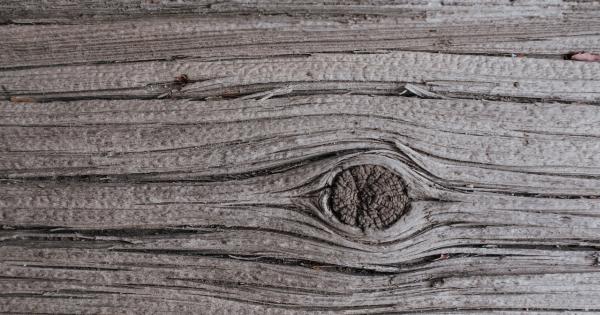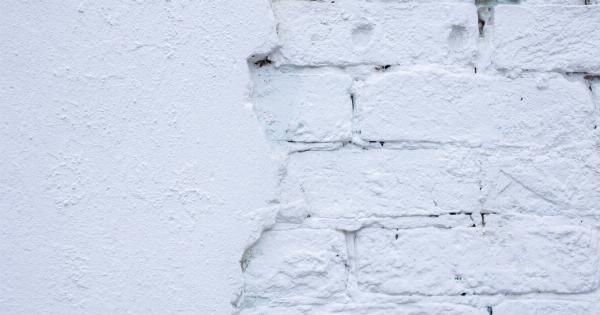Borders are a crucial aspect of any design. Edges give structure and definition to visual elements, helping to distinguish different areas and create a sense of hierarchy.
However, borders are also highly susceptible to damage and can easily become broken or frayed over time. Once a border’s integrity is compromised, it can be challenging to repair, but there are several techniques that can help restore damaged edges to their former beauty.
Causes of Broken Borders
Before we delve into the solutions for repairing broken borders, it’s important to understand what causes them in the first place.
Some of the most common reasons for border damage include:
- Wear and tear from daily use
- Accidental damage from dropping or knocking an item
- Exposure to sun, wind, or moisture
- Poor quality materials or construction
Assessing the Damage
Before attempting any repairs, it’s important to assess the extent of the damage. This will help you determine the best course of action and whether it’s worth repairing the border at all.
Some common issues to look for include:
- Bent or crooked edges
- Torn or frayed fabric or paper
- Cracked or chipped paint or veneer
- Loose or missing sections of border
Tools and Materials
Depending on the type of border you’re working with, you’ll need specific tools and materials for the repair process.
Here are some common items you might need:
- Scissors or precision knife
- Sandpaper or sanding block
- Adhesive or glue
- Paint or touch-up pen
- Thread and needle (for fabric borders)
Repair Techniques
The type of repair technique you use will depend on the material and type of border you’re working with.
Here are some popular techniques for repairing broken borders:
Trimming and Sanding
If your border has frayed edges or excess material, you can use scissors or a precision knife to trim away the damaged sections. Next, use sandpaper or a sanding block to smooth any rough areas and create a uniform edge.
Gluing or Adhering
For borders with loose or missing sections, adhesive or glue can help reattach the damaged areas.
Make sure to use an adhesive that’s appropriate for the material you’re working with, such as wood glue for wooden borders or fabric glue for fabric borders. Apply the adhesive sparingly and allow it to dry completely before handling.
Painting or Touching Up
If you’re dealing with a painted border that has chipped or cracked edges, consider using a touch-up pen or small paintbrush to apply a matching color. This technique can help restore the border’s appearance and prevent further damage.
Sewing or Mending
For fabric borders that have torn or frayed edges, sewing or mending may be the best solution. Use a needle and thread to repair any holes or frayed areas, making sure to match the thread color to the original fabric.
Preventing Future Damage
While repairs are essential for fixing broken borders, there are also steps you can take to prevent future damage.
Here are some tips to keep your borders looking their best:
- Avoid exposing your border to direct sunlight or moisture
- Handle items with borders carefully and avoid dropping or knocking them
- Use high-quality materials and construction to ensure borders are sturdy and durable
- Regularly inspect borders for wear and tear and address any issues promptly
Conclusion
Broken borders can be frustrating and detract from the overall appearance of a design. However, with the right tools, materials, and techniques, it’s possible to repair damaged edges and restore a border’s beauty.
Remember to assess the damage, select the appropriate repair technique, and take steps to prevent future damage.































